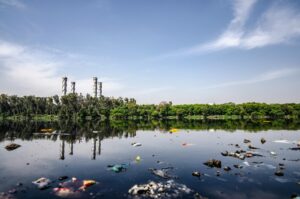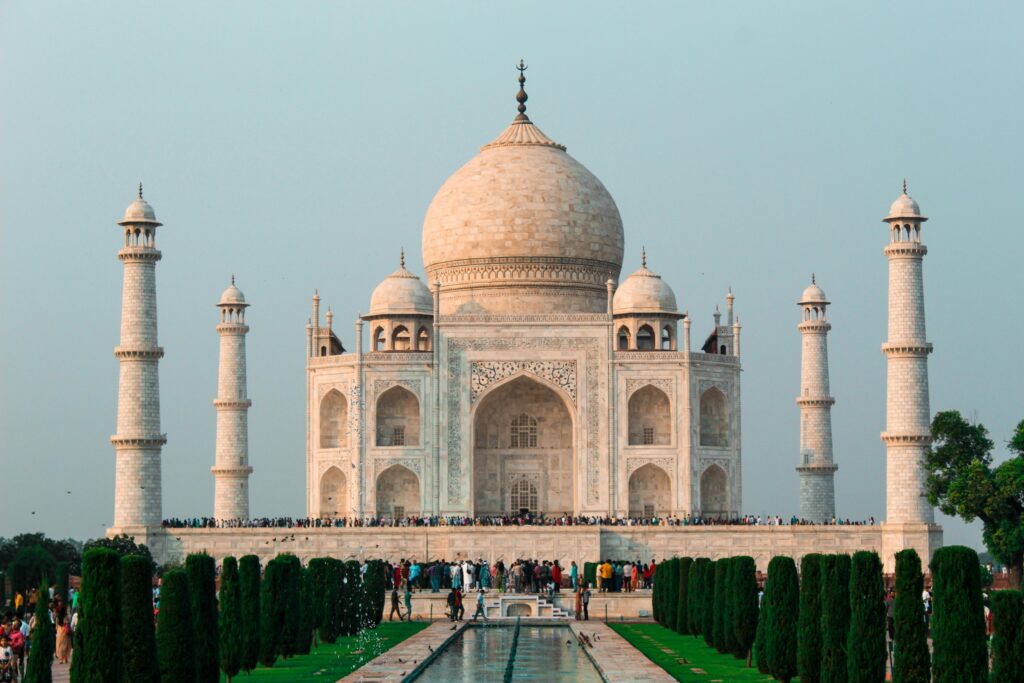Man-made crises are crises that occur due to human action or omission. Though natural disasters are unavoidable, man-made crises can be avoided and, in the majority of cases, are due to poor planning, war, environmental pollution, or poor economic management. Man-made crises over time have grown and become more advanced, impacting millions of people and destabilizing the world.
Types and causes of man-made crises
Human-caused crises take many forms, ranging from wars, industrial accidents, economic meltdown, environmental pollution, and cyberattacks. Armed conflict is likely the worst. Wars and civil wars devastate, displace, and devastate economies. In Syria and Ukraine, these crises have culminated in humanitarian catastrophes, with civilians fleeing violence and basic services collapsing.
The second type is environmental pollution due to industrial operations and human negligence. Oil spills, dumping of toxic wastes, deforestation, and high carbon emission have long-term harmful impacts on the ecosystem and human health. The Chernobyl nuclear accident (1986) and Bhopal gas tragedy (1984) are a stark reminder of the possibility of industrial accidents causing mass casualties and destruction of the environment.
The following economic crises – the Great Depression (1929) or 2008 – are induced by improperly regulated financial systems, corruption, or inadequate regulation. Economic crises themselves have a tendency to promote mass unemployment, poverty, as well as unrest. Likewise, cyberattacks, as a fairly new threat, affect everything from government infrastructure to personal documents, and with the possible effect on national security as well as economies.
Social and Environmental Impact
Man-made crises have far-reaching and devastating effects. Suffering is most probable at the epicenter. Civilians bear the brunt in war-torn areas—death, suffering, hunger, and displacement. Economic crises have the potential to push millions into poverty, affecting education, health care, and basic services.
Environmentally, industrial disasters, mining, and pollution take decades to reverse. Water pollution, air pollution, and deforestation not only kill animals but also cause climate change, which in turn accelerates other emergencies.
Socially, they destroy the confidence of people in governments, divide nations, and destabilize vast regions. Man-made crises inflict severe, long-term physical and psychological harm on their victims.
Prevention and Responsibility
Prevention of man-made disasters depends on awareness, regulation, responsibility, and multilateralism. Governments must introduce safety regulation on companies, spend on post-war reconstruction and peacebuilding, and approach natural resources cautiously. Economic and political crisis exclusion depends on openness, moral stewardship, and robust institutions.
Public awareness matters
The people can demand better government, protection of the environment, and accountability of their leaders for questionable policies. International organizations like the United Nations also intervene to settle conflicts, offer relief, and encourage sustainable development to prevent future problems.
Conclusion
Man-made disasters are human failure, but they are the opportunity to learn and improve. Though they can bring about destruction, they are preventable. By creating peace, upholding laws, preserving the environment, and encouraging responsible leadership, we can minimize the frequency and severity of such disasters. And lastly, our future depends on what we do now—and on our dedication to a safer, more just world.



